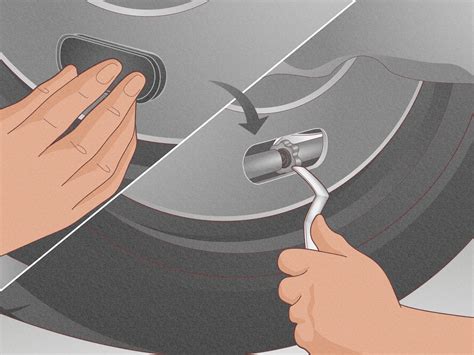Trailer Brakes Simplified: A Step-by-Step Guide
Towing a trailer safely requires understanding how its braking system works. While the mechanics can seem complex, the fundamental principles are surprisingly straightforward. This guide breaks down trailer braking systems, explaining how they function and offering helpful tips for maintenance and safe towing.
How Do Trailer Brakes Work?
Trailer brakes prevent runaway trailers and ensure safe stops, especially crucial when hauling heavy loads. There are primarily two types of trailer braking systems: electric and surge.
Electric Brakes: These are the most common type, especially for larger trailers. They utilize an electric actuator connected to the trailer's brake shoes or discs. When you apply your vehicle's brakes, a signal is sent to the trailer's braking system, activating the brakes. This signal is usually controlled via a brake controller mounted inside your towing vehicle. The controller monitors the braking force and adjusts it based on the trailer's weight and deceleration. Different controllers offer various levels of sophistication, from basic proportional controllers to advanced inertia-based systems that anticipate braking needs.
Surge Brakes: These are often found on smaller boat trailers or utility trailers. They utilize the inertia of the towing vehicle to activate the brakes. When the towing vehicle brakes, the trailer's tongue pushes forward, compressing a hydraulic system which activates the trailer brakes. While simpler in design, surge brakes lack the responsiveness and adjustability of electric brakes, particularly on larger or heavier trailers.
Types of Trailer Brake Controllers
The type of brake controller you choose significantly impacts braking performance.
Proportional Controllers: These are the most common type and offer proportional braking. This means the braking force on the trailer is proportional to the force applied to the towing vehicle's brakes. The harder you brake, the harder the trailer brakes.
Inertia-Based Controllers: These controllers use sensors to detect deceleration and apply braking force accordingly. This can be particularly helpful in preventing trailer sway and ensuring smoother braking.
Time Delay Controllers: Less common now, these controllers introduce a slight delay between your vehicle braking and the trailer brakes engaging. They are generally considered less effective than proportional or inertia-based controllers.
What are the Different Components of a Trailer Brake System?
Understanding the parts helps with troubleshooting and maintenance.
- Brake Controller (Electric Brakes): Mounted inside the towing vehicle, this sends the braking signal to the trailer.
- Brake Actuator (Electric Brakes): This converts the electrical signal into mechanical force to apply the brakes.
- Brake Shoes or Discs (Both Systems): These are the friction components that slow the wheels.
- Wiring Harness: Connects the controller to the trailer's brake actuator.
- Hydraulic System (Surge Brakes): This system uses hydraulic pressure generated by the trailer's tongue to activate the brakes.
How Do I Maintain My Trailer Brakes?
Regular maintenance is crucial for safety.
- Inspect brake components regularly: Check brake shoes/pads for wear and tear, inspect for any damage to the wiring harness, and ensure the brake actuator is functioning correctly.
- Lubricate moving parts: Keep moving parts lubricated to prevent seizing.
- Check brake fluid levels (Surge Brakes): Ensure the hydraulic system has enough fluid.
- Test your brakes before each trip: Before setting off on any journey, thoroughly test your trailer brakes to ensure they're functioning properly.
What are the Common Problems with Trailer Brakes?
Knowing common problems can help you troubleshoot effectively.
- Brake Controller Issues: A faulty brake controller can lead to weak or ineffective braking.
- Wiring Problems: Damaged or loose wiring can interrupt the braking signal.
- Actuator Failure: A malfunctioning actuator will prevent brakes from engaging.
- Low Brake Fluid (Surge Brakes): Insufficient fluid in the hydraulic system will compromise braking performance.
- Brake Shoe/Pad Wear: Worn-out brake shoes or pads drastically reduce braking efficiency.
How Often Should I Replace My Trailer Brake Parts?
The lifespan of trailer brake components varies depending on usage. Regular inspections are key. Consult your trailer's manual for specific recommendations. Generally, brake shoes and pads should be inspected frequently and replaced when worn down below the minimum thickness.
What are the Legal Requirements for Trailer Brakes?
Laws vary by region; consult your local regulations. However, generally, trailers exceeding a certain weight limit require brakes.
This guide provides a simplified overview of trailer braking systems. For detailed information specific to your trailer and towing setup, always consult your owner's manuals and local regulations. Safe towing practices require understanding and maintaining your trailer's braking system.

